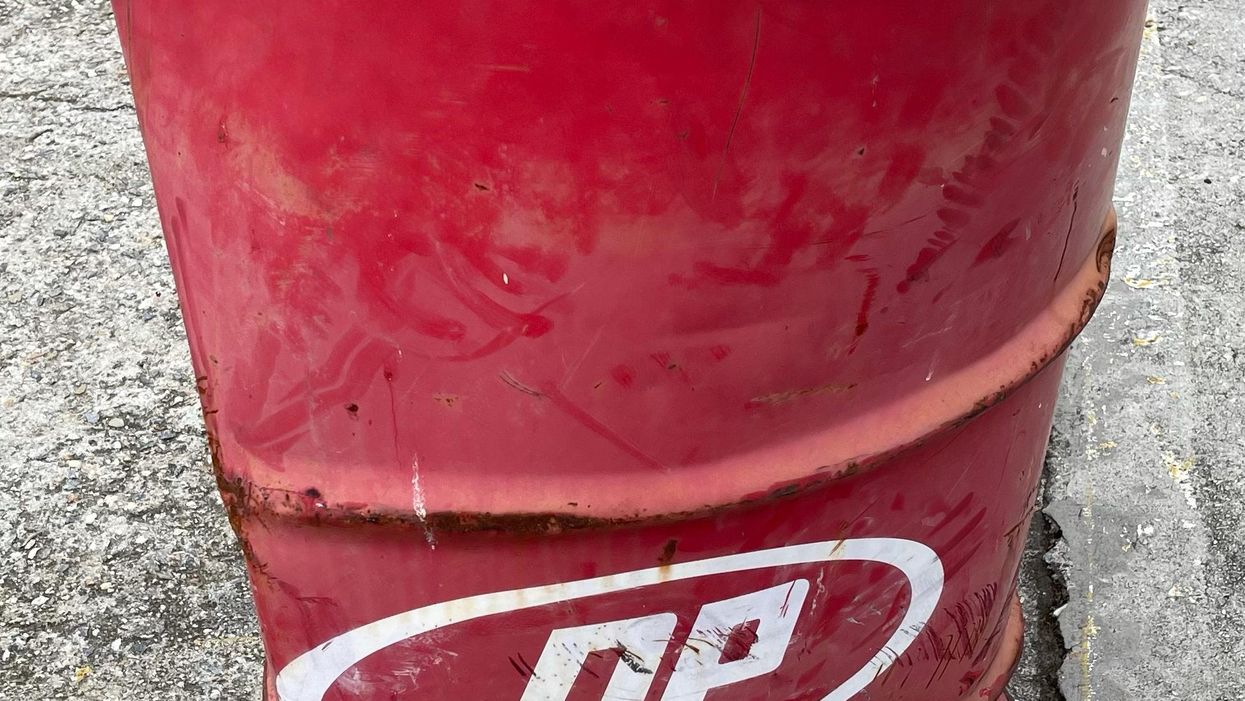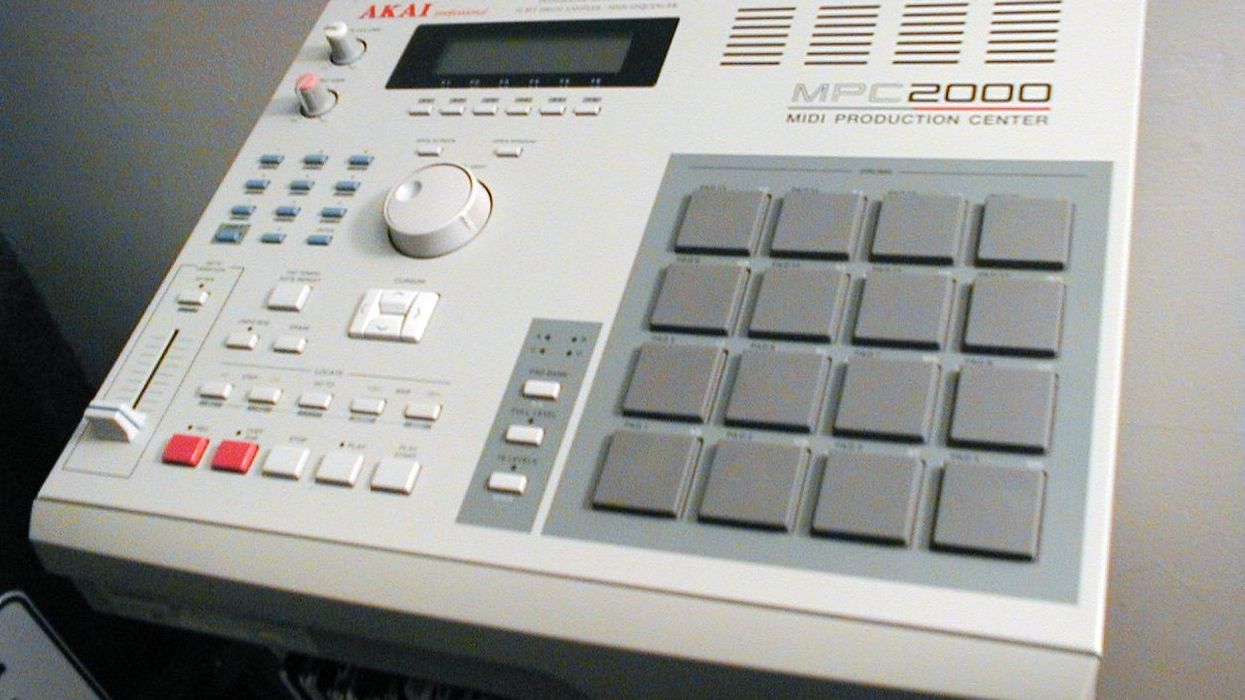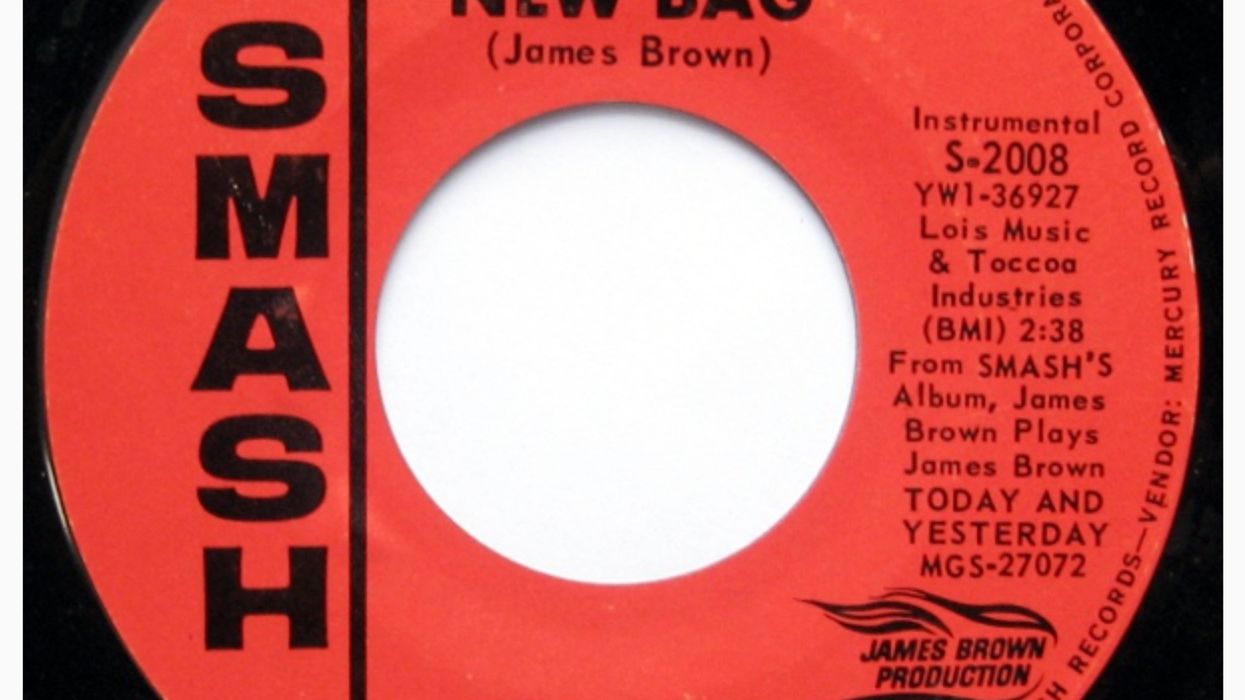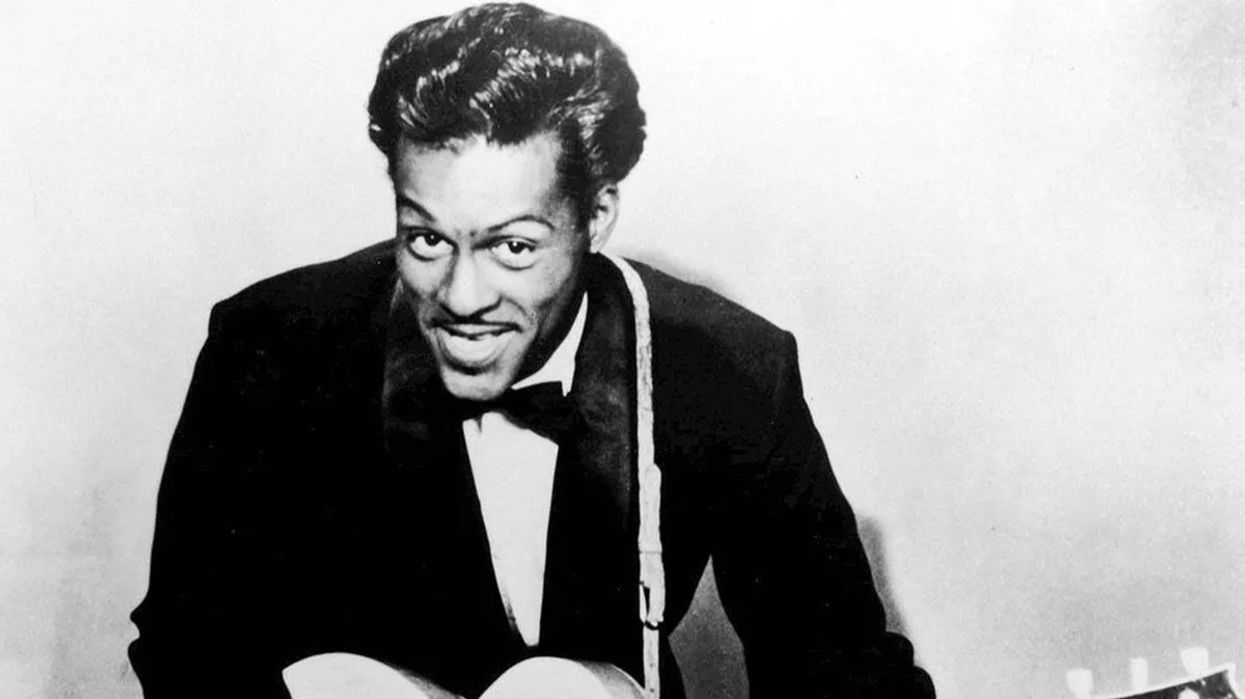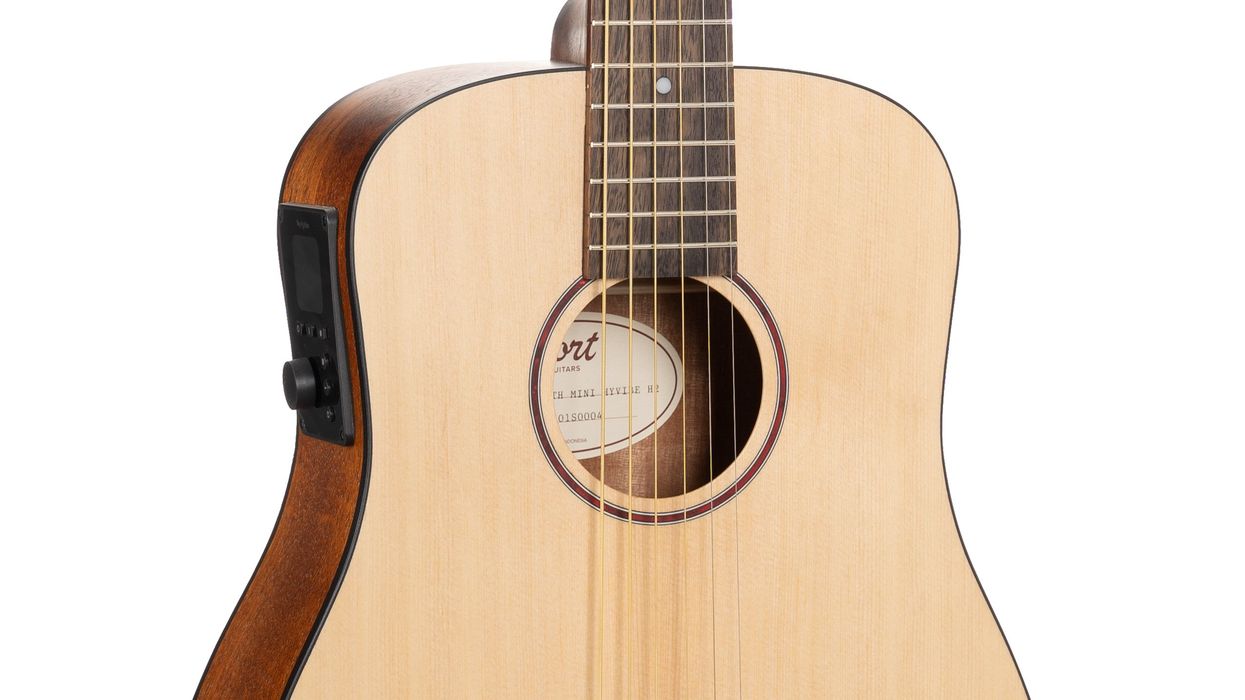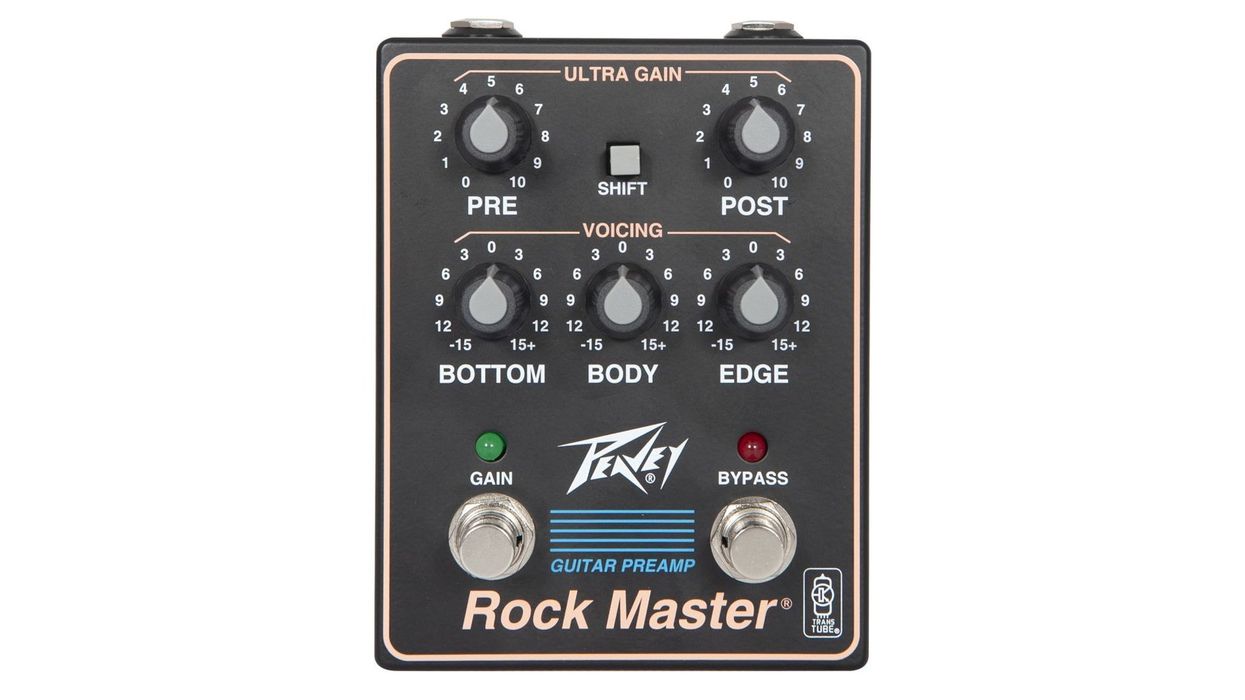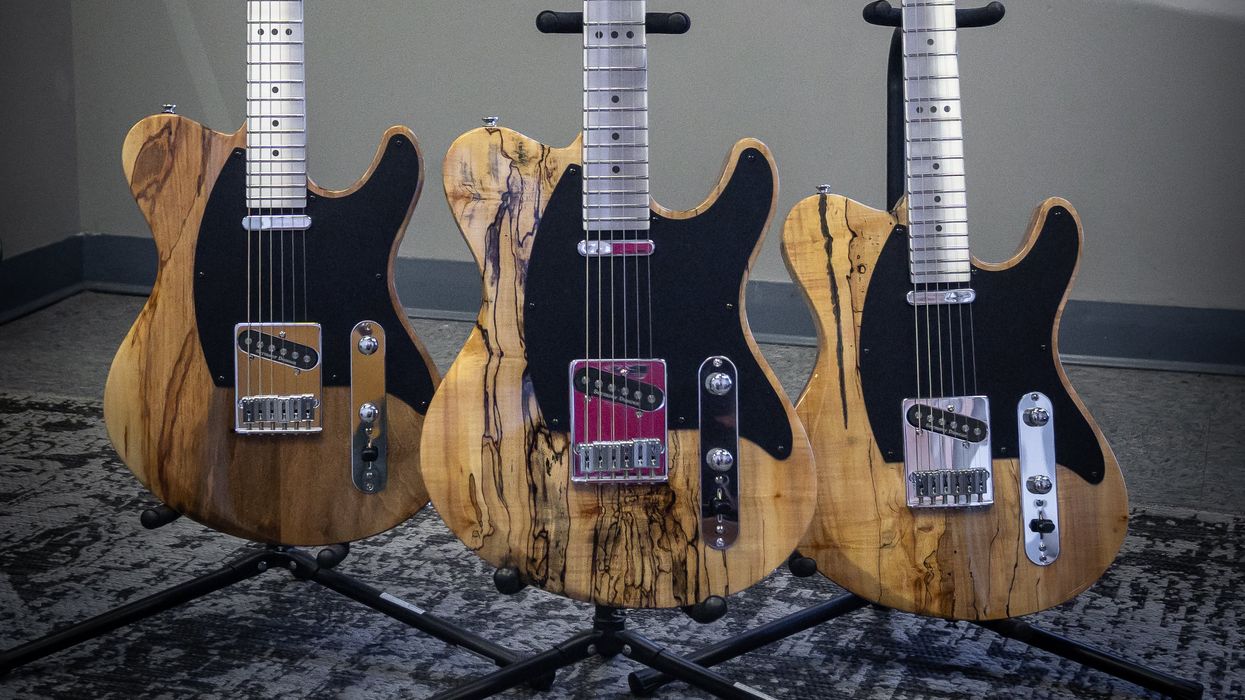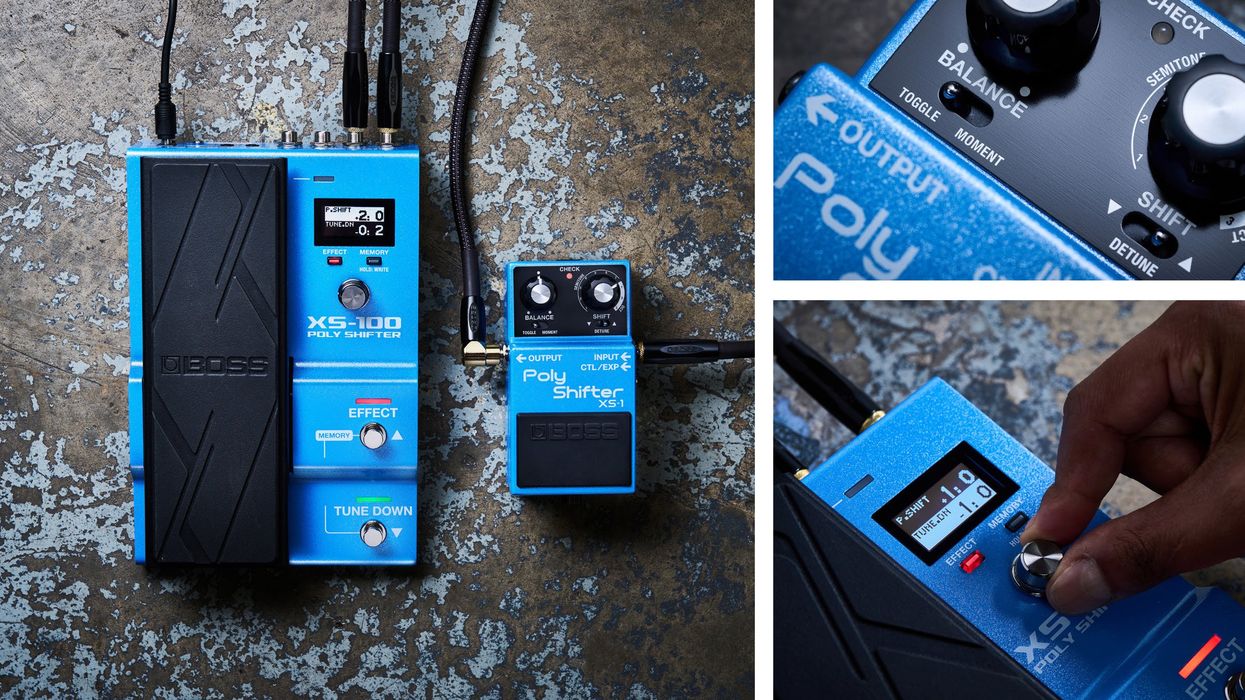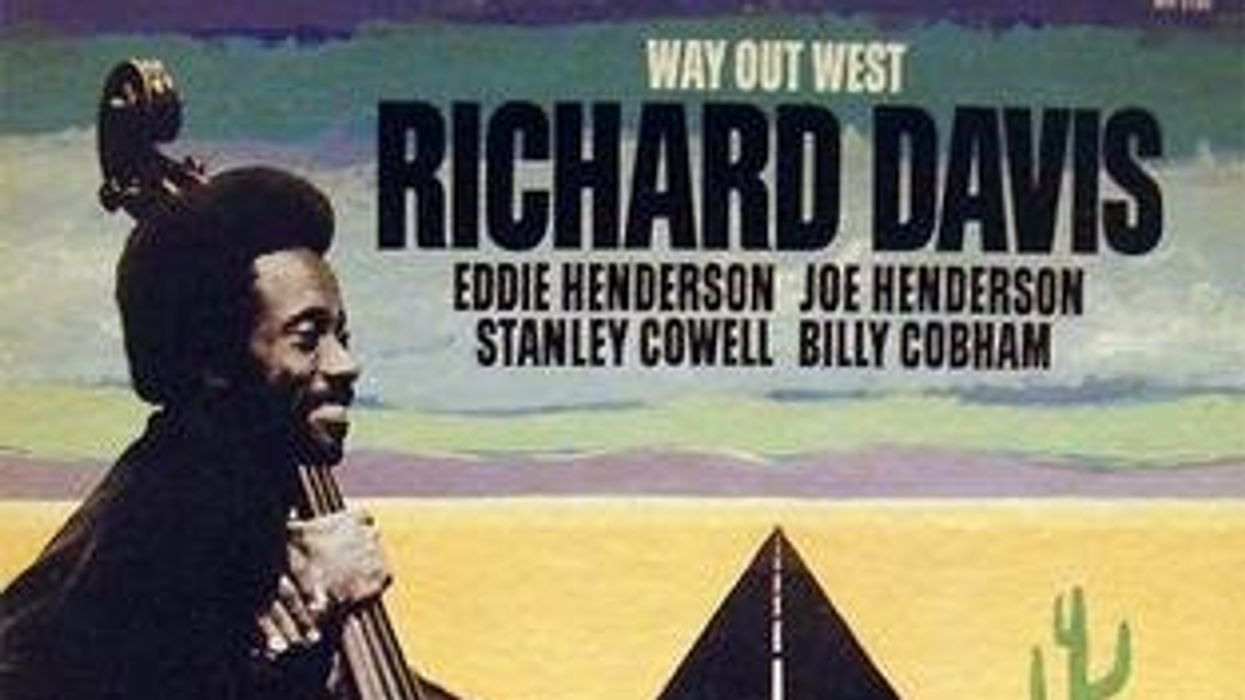I’m here in Trinidad and Tobago, and I’ve been exploring the bass role from the perspective of my parents, grandparents, and great grandparents, who were bought here as slaves from Africa. Looking back, there is no doubt whatsoever that my Trini roots helped shape the bass player I became, because T&T is a bass-centric place. Trinidadians might sing the bass line or melody, when it comes to recalling a favorite song. As a child, I, too, found myself constantly fascinated by whatever the drums and bass were doing.
My family’s story is similar to many of African heritage from this hemisphere, whether from Jamaica, Haiti, Cuba, Guadeloupe, Brazil, St. Lucia, or the U.S. Throughout this collective history, the African diaspora, with little means or opportunity, they became accustomed to creating something from nothing. During slavery, our ancestors’ drums were not only used for ceremonies, but also as a form of covert communication, relaying messages to neighboring plantations about escapes and revolts. As a result, slave masters banned traditional drums. Thus began the quest to create homemade instruments from whatever they found: tools, kitchen utensils, bamboo trunks, washtubs, bottles, etc. Some musicians, such as the great Wilbur Ware, began their musical careers on homemade instruments—in his case, the gut-bucket-bass—and then transferred their unique approach to other instruments, like the double bass, as they became masters of metamorphosis.
Perhaps one of the most amazing examples of ingenuity is the steel pan. In Trinidad, descendants of emancipated slaves, without instruments or the means to acquire them, made music with tuned bamboo trunks, 24"–60" long, which players would bounce upon the ground and alternately strike with a stick. They formed Tamboo Bamboo orchestras to create rich tapestries of rhythm, similar to what would eventually become the classic calypso rhythm.
The pitch from a well-tuned bass pan set is clear, defined, and deep, with lots and lots of low end, almost as if the pans had been miked and put through a giant bass stack.
Later, orchestras slowly introduced more durable metal instruments, such as car brake drums, oil drums, kitchen pots, and biscuit tins. Around 1940, a musician named Winston Simon and some others had the innovative idea to repurpose 55-gallon oil drums—byproducts of T&T’s oil industry—by cutting and tuning them, thus creating the steel pan. This family of instruments would eventually cover the entire pitch gamut of a typical Western orchestra.
Many innovations followed: raising the metal in places to produce more defined pitches, tuning the drums in a “spider” lattice of 5ths, making the pan concave so that more pitches could be accommodated, wrapping the playing sticks in rubber to give a wider dynamic range and more melodic tone, hanging the drums from mechanically isolated stands that allow the free vibration of the pan, etc.
In 1951, the BBC broadcasted a concert featuring the Trinidad All Steel Percussion Orchestra (TASPO) that eventually reached millions across the globe, and the fascination with steel pan orchestras and Calypso music began. If you’ve ever heard a steel pan orchestra play, then you already understand just how awesome their sound can be. But, for me, it’s all about that bass!
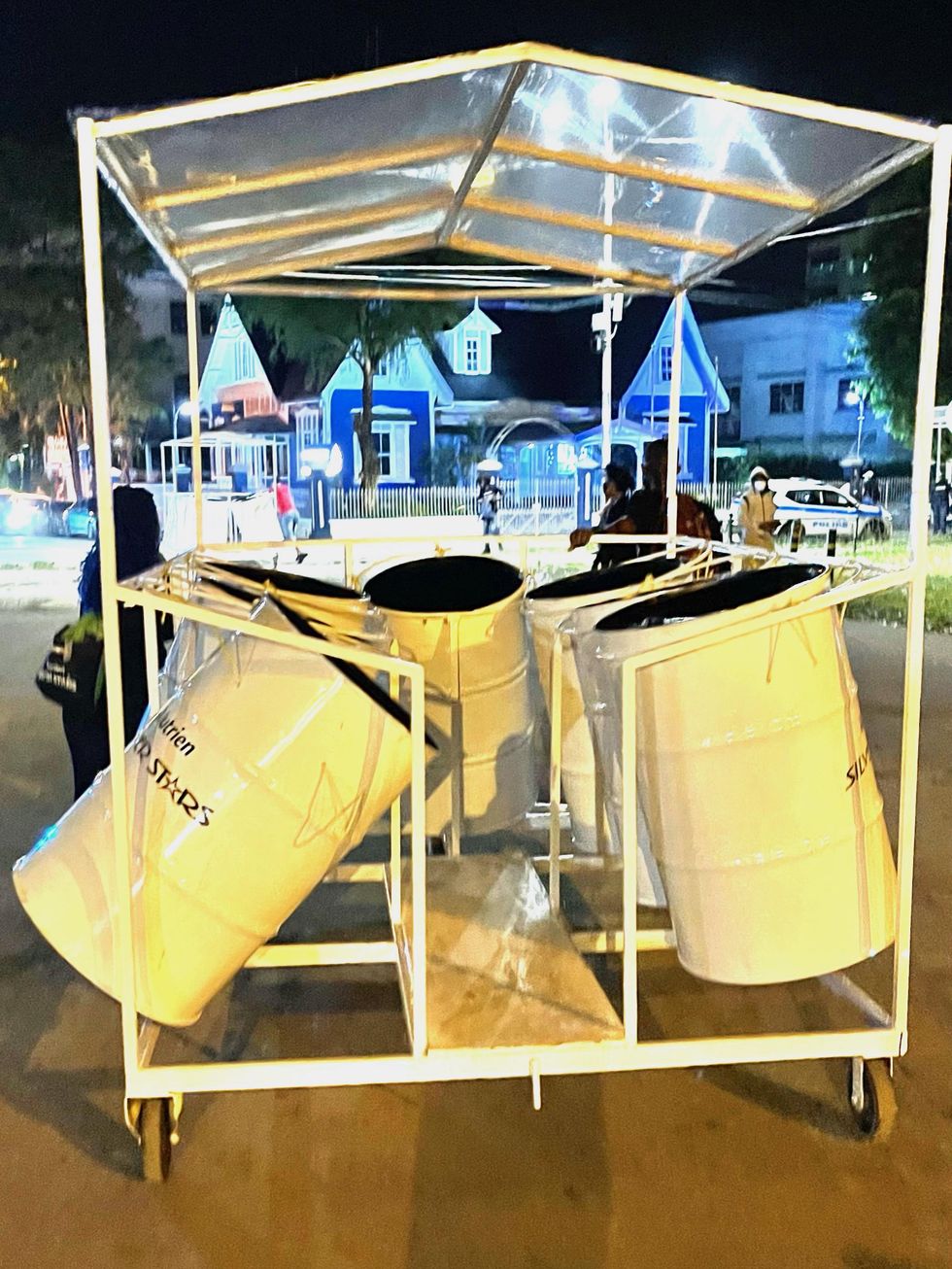
Hanging the drums from mechanically isolated stands allows the free vibration of the pan.
Bass pans are the largest in the steel pan family, consisting of no fewer than six tuned 55-gallon full-depth oil drums per player and covering a range from Bb1 to Eb3—approximately two-and-a-half octaves. The sound bass pans produce is far too awesome to describe in words, but if I were to search for one, it would be … bombastic! The undertone is metallic, but the pitch from a well-tuned bass pan set is clear, defined, and deep, with lots and lots of low end, almost as if the pans had been miked and put through a giant bass stack. With four to six sets per orchestra, these are the 808 of the steel pan world. As children, my parents took my siblings and I to the London Notting Hill Carnival, annually. At age 6, I even got to hear orchestras play in T&T! The shuddering sound of the bass pans, as what seemed like hundreds of steel pans played, was always the highlight of those trips. There’s still nothing like it—and this is without discussing the amazing costumes and dancers!
Like the rest of the world, T&T was greatly impacted by the pandemic. This year will mark the third year that there will be few official carnival events. Understand that these orchestras set their clocks by the yearly occurrence of carnival: making new or repairing and tuning older instruments, training new players, selecting repertoire, and rehearsing. However, this trip may still have a slight silver lining. The word on the street is that some pan orchestras will be playing at “the Savannah” (a massive green field in the middle of downtown Port of Spain) tonight! It goes without saying that I will be there to bear witness.
Bass pans may have begun life as abandoned oil drums, but through the enduring desire of a people to express themselves musically, they have become uniquely Trinidadian instruments.
Trinidad All Stars - Woman On The Bass
A YouTube video won’t give you the full physical experience of standing in front of a steel pan orchestra, so you’ll have to use a little imagination, but this 1980 performance of “Woman on the Bass” by the Trinidad All Stars will give you an idea what it’s all about—and make you wanna dance!
